Best
Acoustic Student Cello
-
Overall: It has a spruce top with a maple neck
-
Best Feature: High-lustre varnish finish
-
TedScore™: 8/10
Best
Overall Student Cello
-
Overall: Nickel-plated four fine tuners
-
Best Feature: Made of high-quality Breton AB-112C Brazilwood
-
TedScore™: 9/10
Best
Electric Student Cello
SVC -110SK Silent Electric Cello FANTASTIC CELLO
-
Overall: Solid-body construction
-
Best Feature: Piezo pickup system for amplified sound.
-
TedScore™: 8/10
Embarking on the cello journey is like diving into a sea of emotions through music. Mastering the cello bow hold is crucial for creating enchanting sounds and mastering various bowing techniques.
When I first started learning the cello, getting the bow hold right felt as awkward as dancing in flippers. But with practice, it soon became second nature, like riding a bike or juggling flaming torches.
Finding a comfortable and flexible grip is the secret sauce. Relaxing your own hand is key to maintaining control without unnecessary tension.

It’s like finding the perfect balance between firmness and gentleness, like conducting a symphony.
As a professional musician, I’ve woven the magic of the cello into many unforgettable performances, and I can’t wait to guide you through this captivating musical adventure.
So, let’s unleash the enchanting melodies waiting to flow from your cello!
Basics of Cello Bow Hold
The cello bow hold is an essential technique you should master to produce beautiful sounds on the instrument.
To achieve the correct bow hold, start by positioning your right hand to have a relaxed and balanced grip on the bow.
Place your thumb on the inside part of the frog (the end of the bow closest to you) on the small notch that separates the frog from the winding and leather.
Next, let your fingers naturally rest on the bow.
The first three fingers should lightly touch the stick where the winding and leather wraps around the bow.
Keep your pinky gently resting on the top corner edge, allowing it to support the bow’s weight somewhat.
Just because you’re focusing on your bow hand, that doesn’t mean you should add tension in your left hand – so make sure you try to keep your left arm as relaxes as your bow arm.
Lastly, let your fingers be slightly curved, with the weight distribution even across your whole right arm and hand.
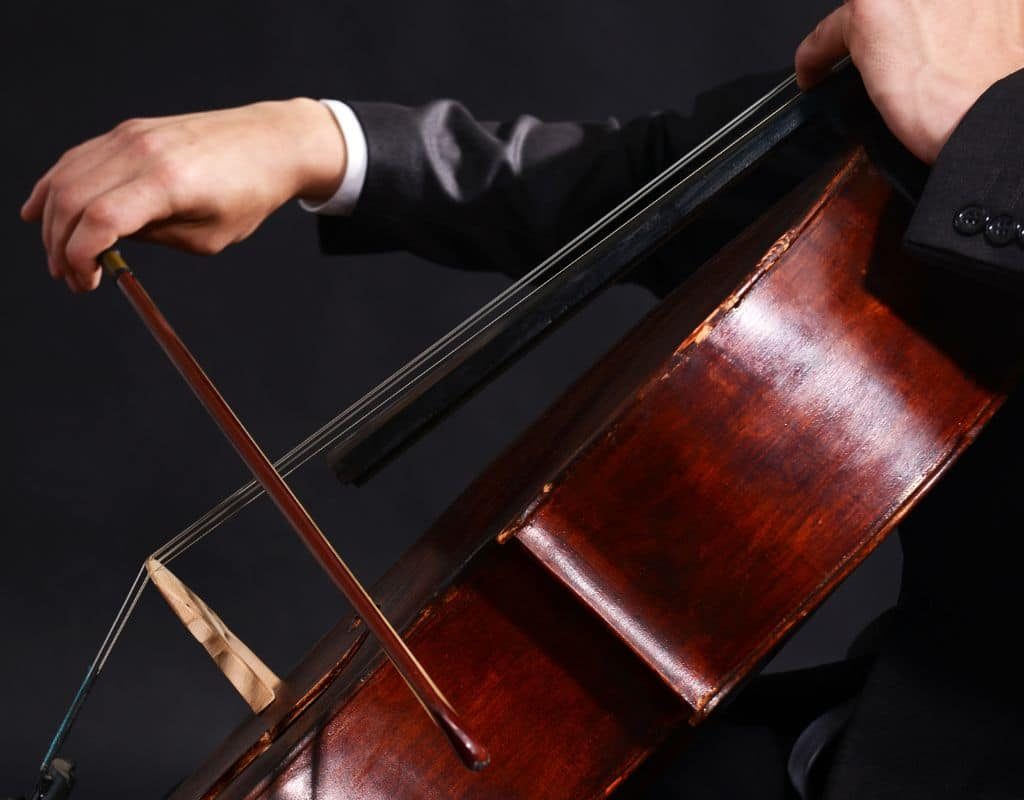

Some key reminders for a proper bow hold:
Thumb should be bent (not flat)
Fingers should be curved (not stiff)
Pinky should be relaxed (not locked)
Importance of a Proper Grip
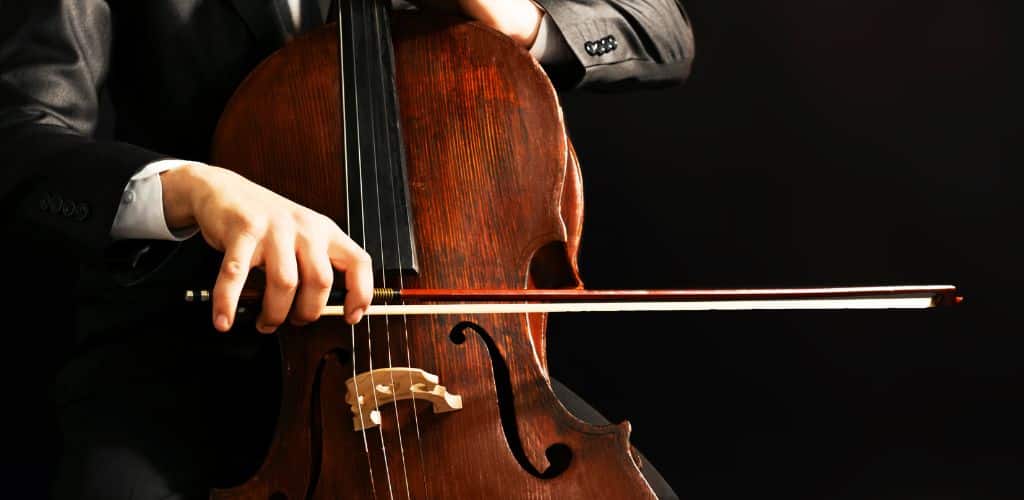
A proper, relaxed bow grip allows for better control, flexibility, and agility.
- Produce a more beautiful tone
- Easily transition from one string to another
- Control dynamics and bow speed efficiently
- Avoid muscle fatigue and tension
Ensuring your grip is relaxed and comfortable is crucial to your development as a cellist. Practice holding the bow in different positions, and get familiar with the feeling of balance, control, and relaxation.
Remember, a strong foundation in bow holding will lead to a more enjoyable and productive practice experience.
So take your time and enjoy the journey!
Developing the Right Technique
Bow Hold Exercises
One of the first steps in developing a proper cello bow hold is to practice various exercises. Here’s a simple routine to get started:

- Air bowing: Hold your cello bow as if you were playing usually, but don’t touch the strings. Make slow, controlled movements in the air to build strength and flexibility in your hand.
Finally, spend time to get personalized feedback and guidance on your technique. They can provide tailored exercises to address your needs and help you improve faster.
Common Challenges for Beginners
As a beginner, you may face a few common challenges in your cello techniques, especially in developing the right bow hold. Keep these in mind as you practice:
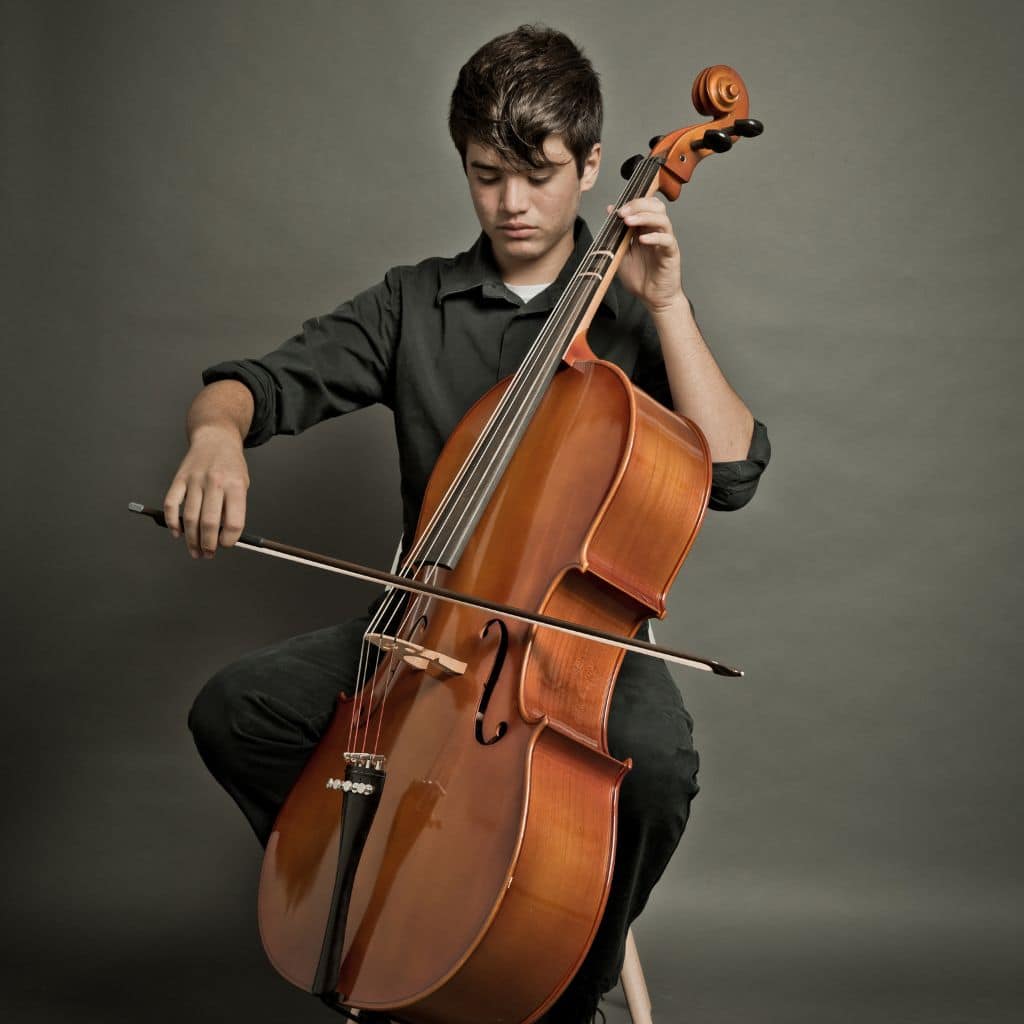
Unlike violinists, cello players need to deal with gravity pulling on the bow when playing. This may require more strength and stability in your bow hold.
The cello bow is heavier than other string instruments, making it important to build sufficient wrist strength and flexibility in your hold.
Your pinkie will not be on top of the bow like it is for violinists. This requires different techniques to maintain balance and control.
To overcome these challenges, focus on relaxing your hand during practice sessions. A tense hand can result in poor technique and reduce flexibility.
Advanced Bow Hold Techniques
Enhancing Bow Control
As you progress in your cello journey, focusing on enhancing your bow control is essential. Remember that having a loose and relaxed grip is key.
Here are some tips for improving bow grip:
Focus on keeping your fingers flexible on the bow, allowing them to adapt to specific techniques.
Maintain a good distribution of weight among your fingers. This helps prevent your hand from collapsing when playing.
Using a straw, practice smooth finger motion on the cello, imitating smooth bow changes.
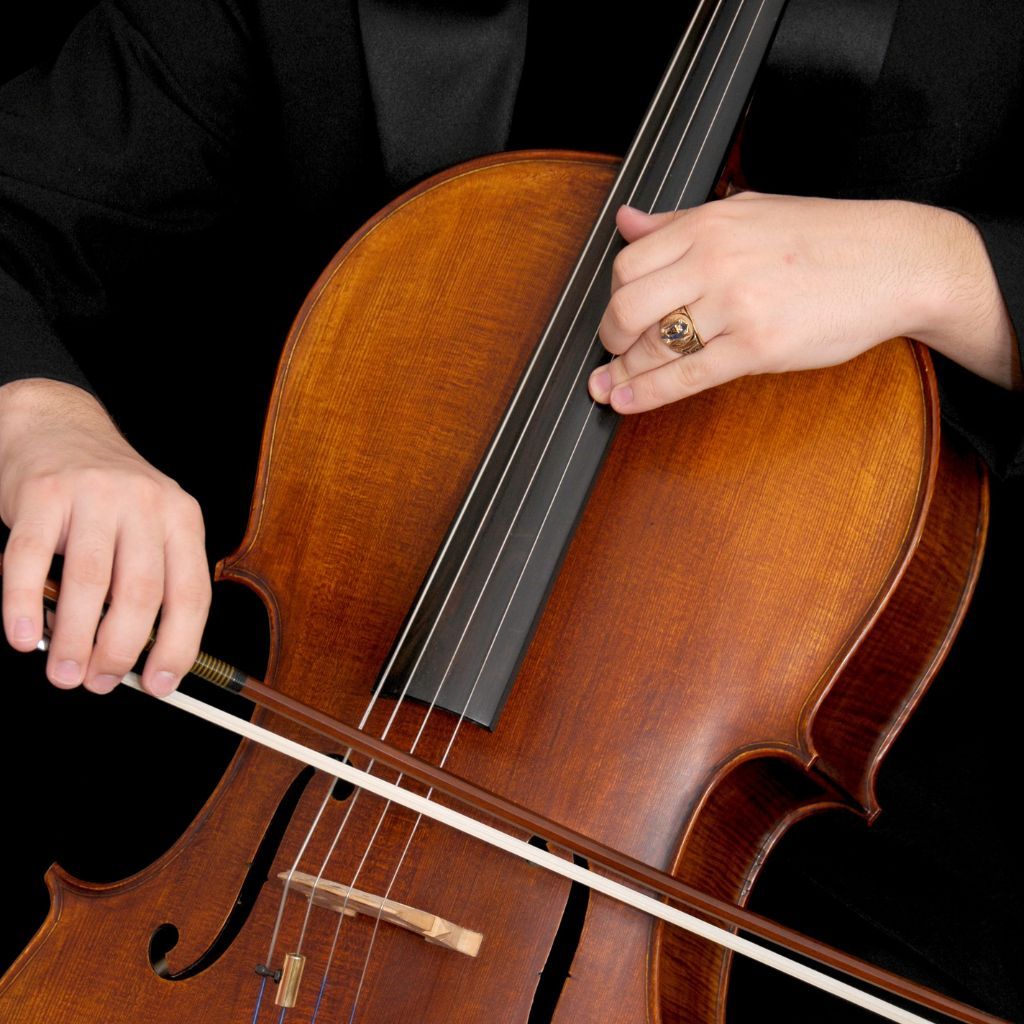
A relaxed and flexible bow hand will lead to better control, allowing your music to resonate more powerfully.
The Relationship Between
Bow Hold and Posture
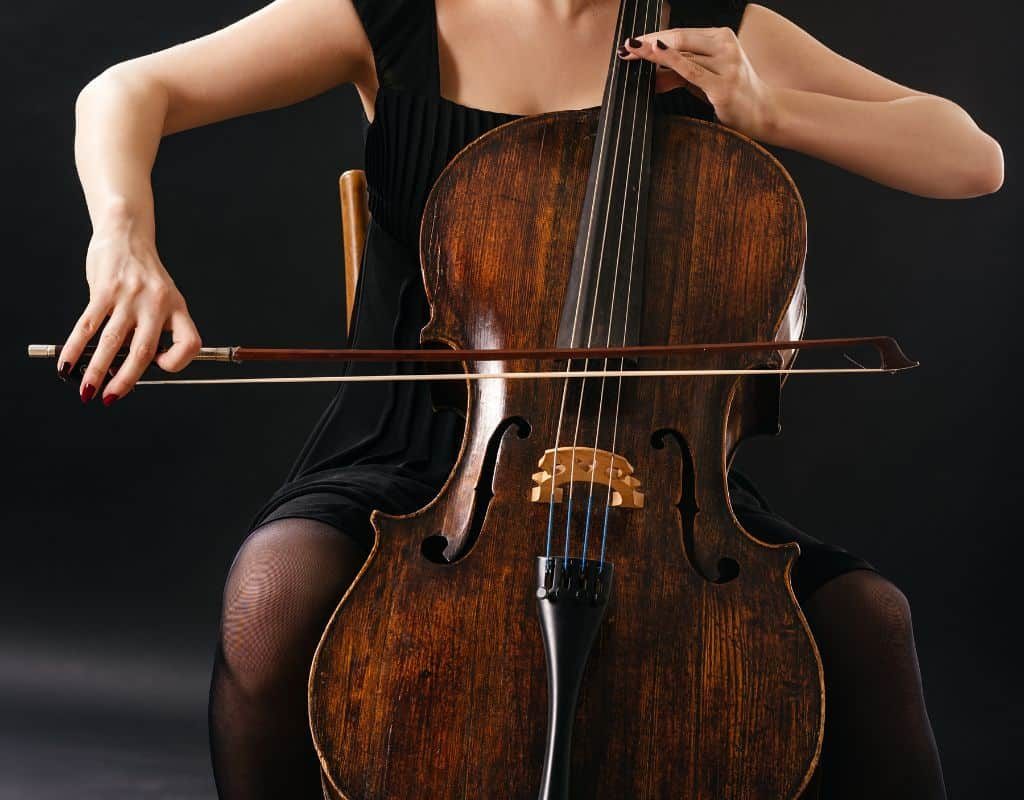
Having the proper bow hold is just as important as holding the cello correctly.
To hold the cello bow, place the index finger of your right hand on the frog of the bow, with your thumb resting on the “eye” of the frog.
With a relaxed and flexible grip, your other fingers should be curved around the stick.
The key here is comfort. Ensure your arm and shoulder are relaxed to prevent tension or strain while playing. Your body’s natural alignment plays a significant role in your ability to produce beautiful, resonant tones.
It’s important that you maintain a comfortable, balanced posture that allows for freedom of movement.
When your cello and bow hold are in harmony with your posture, you’ll find it much easier to enhance your playing techniques.
Keep practicing and experimenting to find the most comfortable and efficient positions for you, and always remember to stay relaxed and flexible.
Maintaining a Healthy Bow Hold
Avoiding Tension and Pain
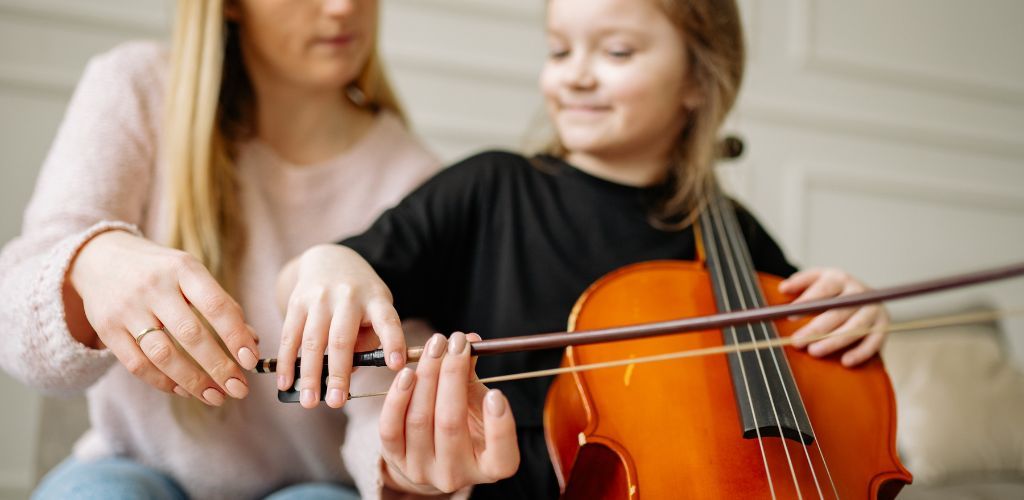
To hold a cello bow down properly is crucial for playing well and maintaining your comfort. Remember to relax your hand and wrist. Keeping your muscles tension-free allows for smooth bow strokes.
Here’s a quick checklist to maintain a healthy bow hold:
Loose grip: Avoid squeezing the bow or applying excessive force – this can cause strain on your muscles and wrong notes.
Curved fingers: Let your fingers loosely drape over the stick and adjust the bow’s pressure when needed.
Tension-free wrist: Don’t lock your wrist; instead, keep it flexible and allow for natural motion.
Balanced elbow: Make sure your elbow level is aligned with your wrist, thus ensuring even weight distribution.
Long-Term Bow Hold Care
Developing proper techniques in the early stages of learning will serve you well in the long run.
Follow these tips to continuously improve your bow hold and keep your playing experience pain-free:

Regular practice helps your muscles learn and retain a healthy bow hold. Begin with simple exercises and scales to master your grip.
Performing stretches before and after playing will relax your muscles and help counteract tension. Focus on wrist rotation and finger flexibility exercises.
Pay attention to how you feel while playing. If you notice any discomfort or tension, take a break to shake out your hand and reset your grip.
Periodically evaluate your bow hold and identify areas where you may be slipping into unhealthy habits. Record yourself playing and analyze any issues that arise.
Incorporate these practices into your routine, and enjoy the graceful notes you create with a healthy, tension-free bow hold!
Our Top 3 Recommended Cellos
Cecilio CCO-100
Cecilio CCO-100
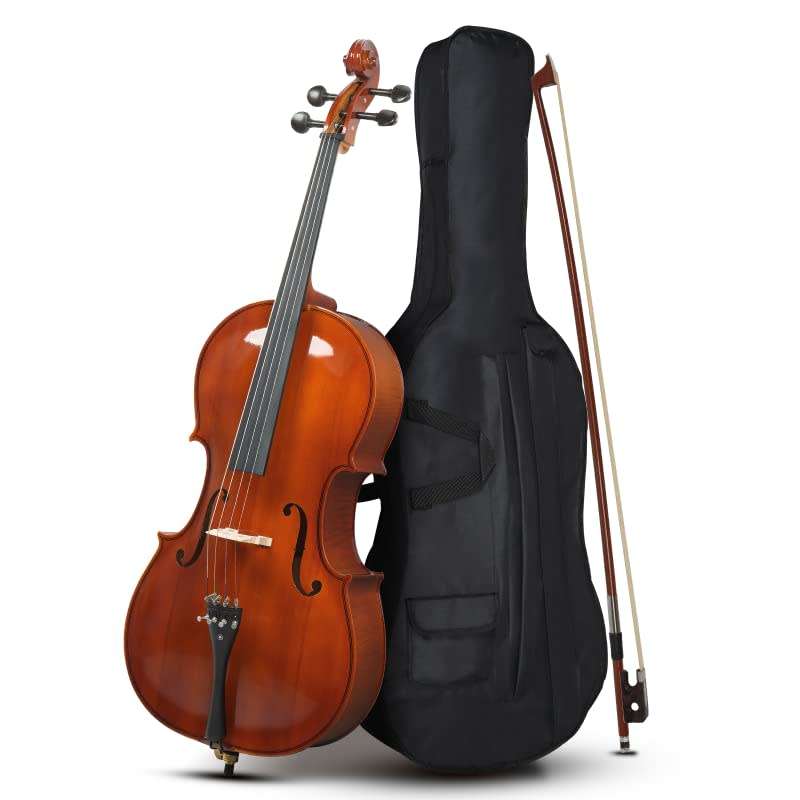
FEATURES: It has a spruce top with a maple neck
OTHER INFO: High-lustre varnish finish
- A Brazilwood bow with unbleached genuine Mongolian horsehair
- Great build quality
- Affordable
- Comes with all the accessories
- Strings could be better
When you click ‘Check Price’, you’ll see there are loads of great places to buy this item. Our personal favorite is Sweetwater for the US, and Thomann and Gear4Music for the UK & Europe.
They are the largest music retailers, with excellent customer service, competitive prices, really fast shipping, and the longest guarantees.
The professional musician who wrote this article combined many things,
from the product build, manufacturer’s reputation through to feedback
from other users, to create our famous TedScore™.
Cremona SC-165 Premier Student Cello
Cremona SC-165 Premier Student Cello

FEATURES: Nickel-plated four fine tuners
OTHER INFO: Made of high-quality Breton AB-112C Brazilwood
- Hand-craft spruce and maple design
- Great tone and quality
- Rich and melancholic sound
- None
When you click ‘Check Price’, you’ll see there are loads of great places to buy this item. Our personal favorite is Sweetwater for the US, and Thomann and Gear4Music for the UK & Europe.
They are the largest music retailers, with excellent customer service, competitive prices, really fast shipping, and the longest guarantees.
The professional musician who wrote this article combined many things,
from the product build, manufacturer’s reputation through to feedback
from other users, to create our famous TedScore™.
Yamaha SVC -110SK Silent Brown
Yamaha SVC -110SK Silent Brown

FEATURES: Solid-body construction with a spruce top and maple back and sides
OTHER INFO: Piezo pickup system for amplified sound
- Onboard preamp with volume and tone controls
- Headphone jack for silent practice
- Produces a rich, full-bodied sound
- Lightweight and easy to play
- Offers a wide range of tonal options
- Expensive
When you click ‘Check Price’, you’ll see there are loads of great places to buy this item. Our personal favorite is Sweetwater for the US, and Thomann and Gear4Music for the UK & Europe.
They are the largest music retailers, with excellent customer service, competitive prices, really fast shipping, and the longest guarantees.
The professional musician who wrote this article combined many things,
from the product build, manufacturer’s reputation through to feedback
from other users, to create our famous TedScore™.
Cello Bow Hold
Summary
Mastering the cello bow hold is like cracking a secret code for aspiring cellists—follow these tips, and you’ll be on your way to bow-hold brilliance.
Place the frog of the bow in the second knuckles of your fingers
Rest the bow stick in the second knuckle, letting your fingers hang over the edges
Curl your fingers naturally, pulling the bow toward your palm
Maintain a relaxed and ergonomic hand position reminiscent of a “zombie drape”
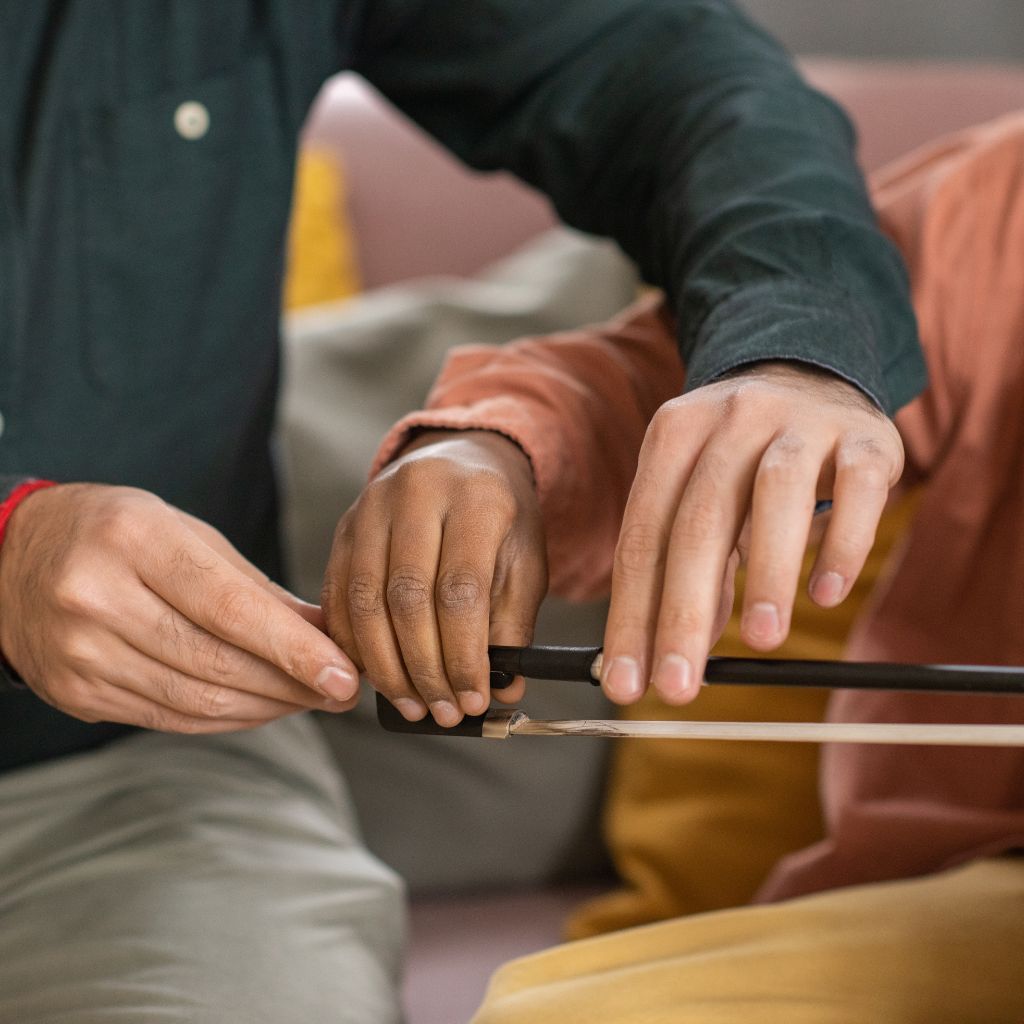
Keep practicing and refining your bow hold—it’s like sculpting a masterpiece, but with a bow and cello instead of marble.
With time, patience, and consistent practice, you’ll be on your way to bow-hold mastery, unleashing more advanced techniques, and unlocking your full potential as a cellist.
Stay patient, keep practicing, and before you know it, you’ll be as comfortable as a cello in a concert hall, and your musical journey will hit all the right notes!
Wait, there’s more!
Get ready to rosin up for some next-level cello magic with these 7 Best Cello Rosins!
FAQ's
The violin bow hold involves a more angled and delicate grip, with the fingers positioned closer together. In contrast, the cello bow hold is generally broader and allows for a more pronounced use of the arm weight.
When using a cello bow, it is typically tilted slightly away from the player, with the hair of the bow angled in the direction of open strings and the bridge. This positioning allows for smooth and controlled bowing across the strings, producing a rich and resonant sound.
A cello bow should be taut enough to create a clear and consistent sound when drawn across the strings without being overly tight. It’s essential to balance the bow’s tension to allow smooth and controlled bowing while avoiding excessive strain on the instrument.



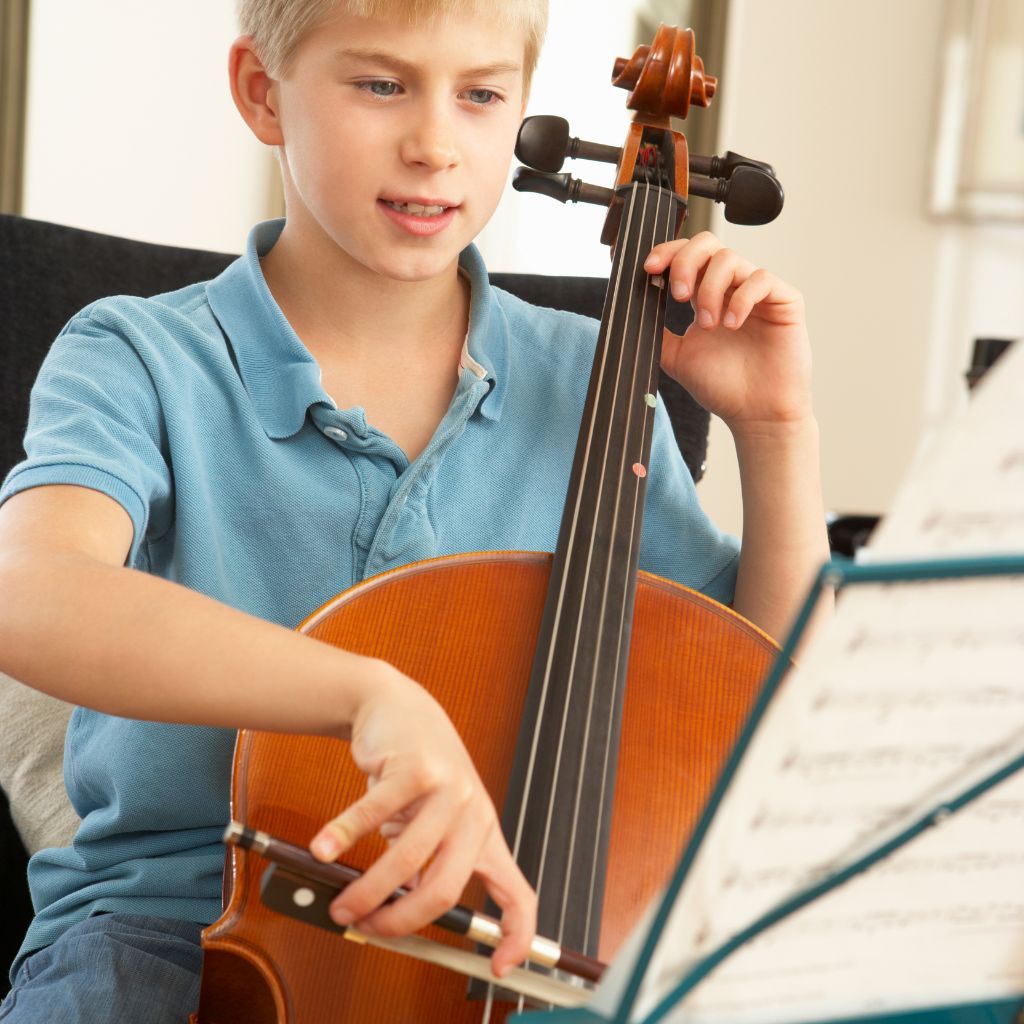
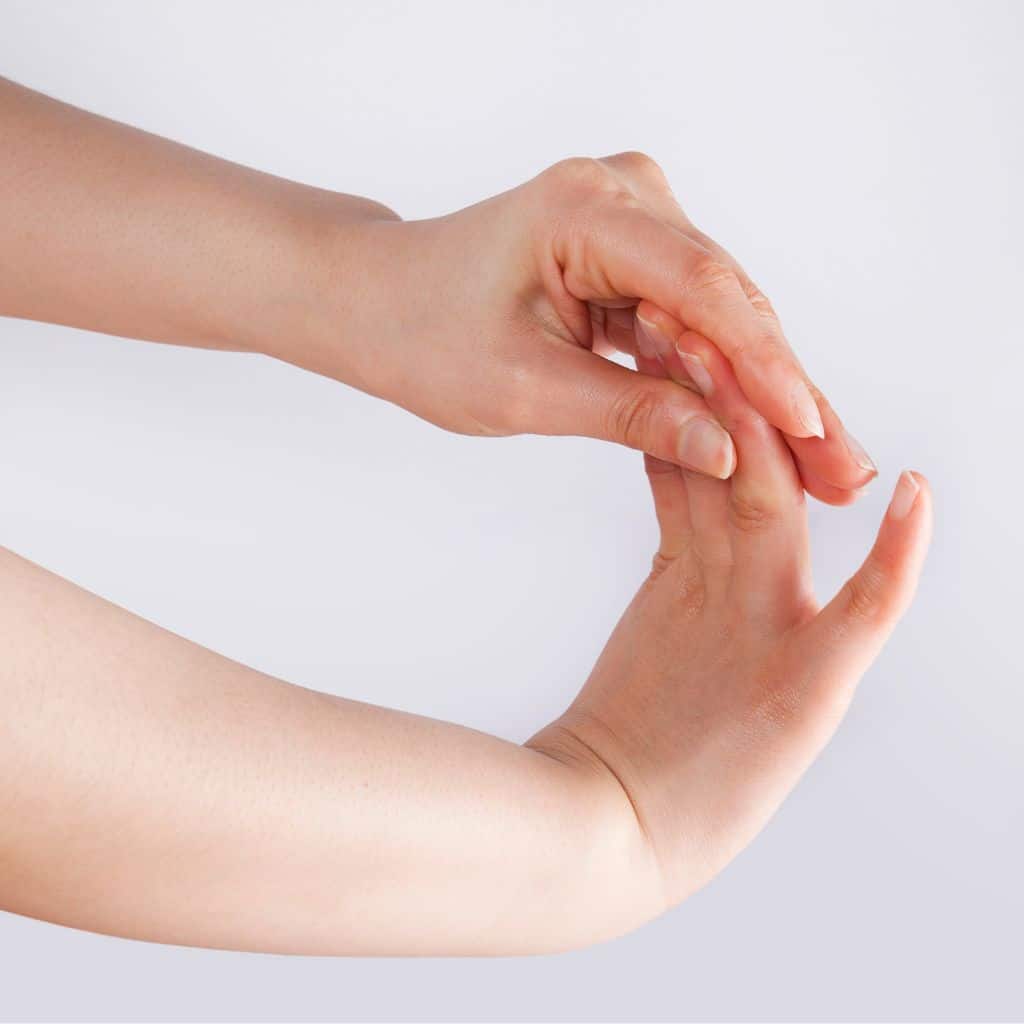

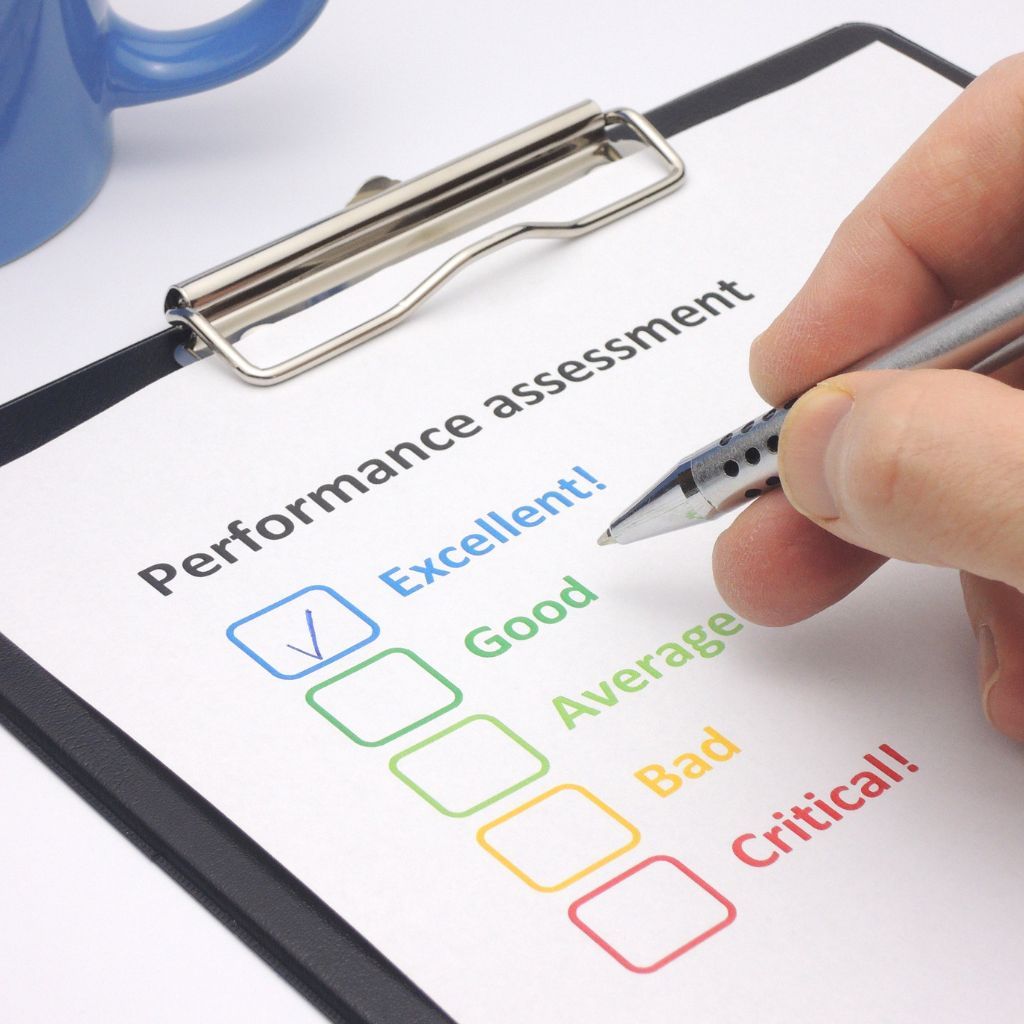
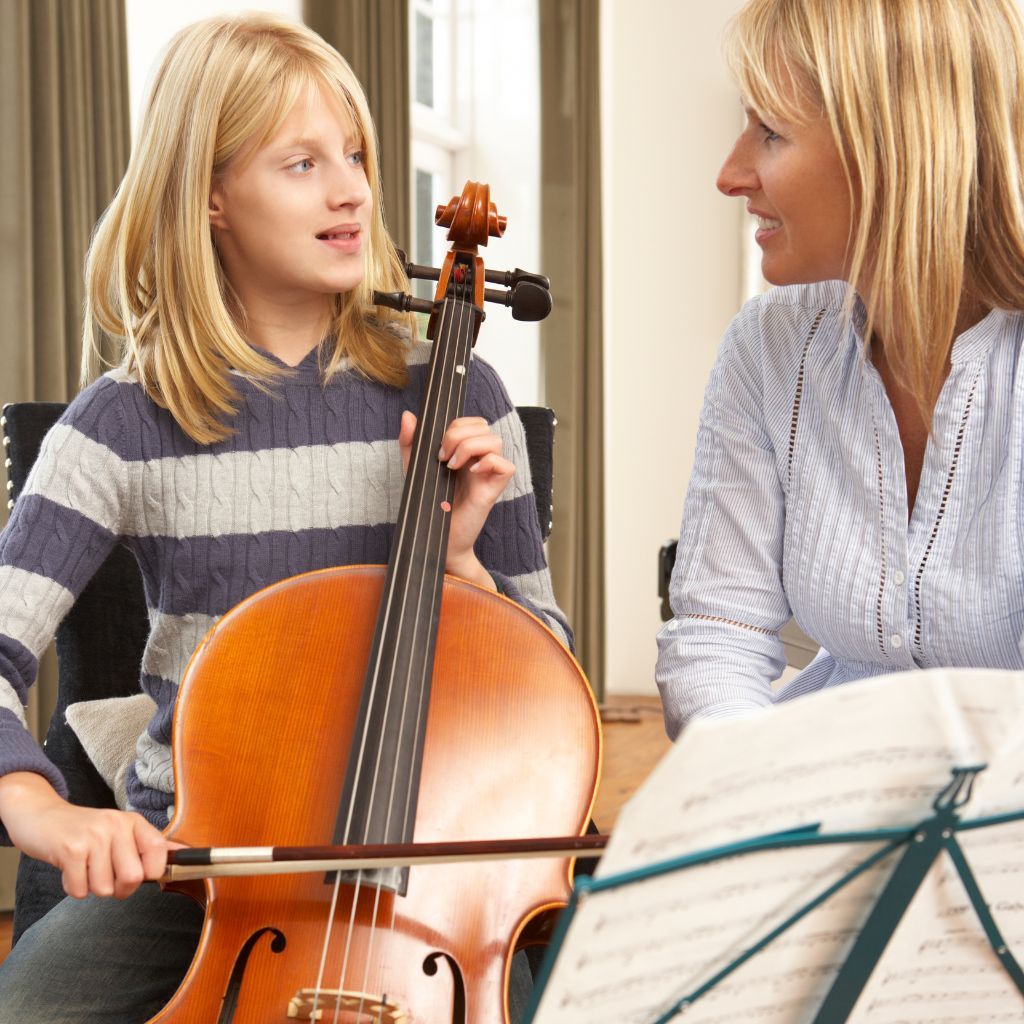








Hey Ellen, just read through your article on cello bow holds, and gotta say, it’s pretty spot on. The exercises you mentioned for developing the right technique are super similar to what I use for my students. One thing I’ve found that helps a lot is to remind students not just about the hold but also about relaxing their grip to avoid tension. It’s a game changer. Also, big thumbs up for highlighting the Cecilio CCO-100 and Cremona SC-165; great picks for anyone starting out. Haven’t had much experience with the Yamaha SVC -110SK Silent Brown myself, but heard good things about it for practice. Keep up the great work, man.
For sure, Jazzy Jeff. Try to keep your shoulders down and relaxed, and regularly take breaks to stretch during your practice sessions. Helps a ton!
hey phil-c, got tips for keeping my shoulder from tensing up?
Regarding the selection of cellos recommended by Ellen, particularly the Yamaha SVC -110SK Silent Brown, I am curious how it compares in terms of sound quality to traditional acoustic cellos. Given that electric cellos can offer more versatility for practice environments, especially in urban settings, this comparison could be crucial for potential buyers.
love the part about linking the bow hold to posture, it’s all connected ain’t it? cool article Ellen.
heyy, i’ve just started learning cello and was wondering about the bow hold part. is it really that crucial to get it perfect from the start? i kinda struggle with it lol. by the way, Ellen, your guide looks so helpful, gonna dive deeper into it later!
Hey Ella-May! Yeah, getting a good bow hold early on can really make things easier down the road. Stick with it; it gets better!